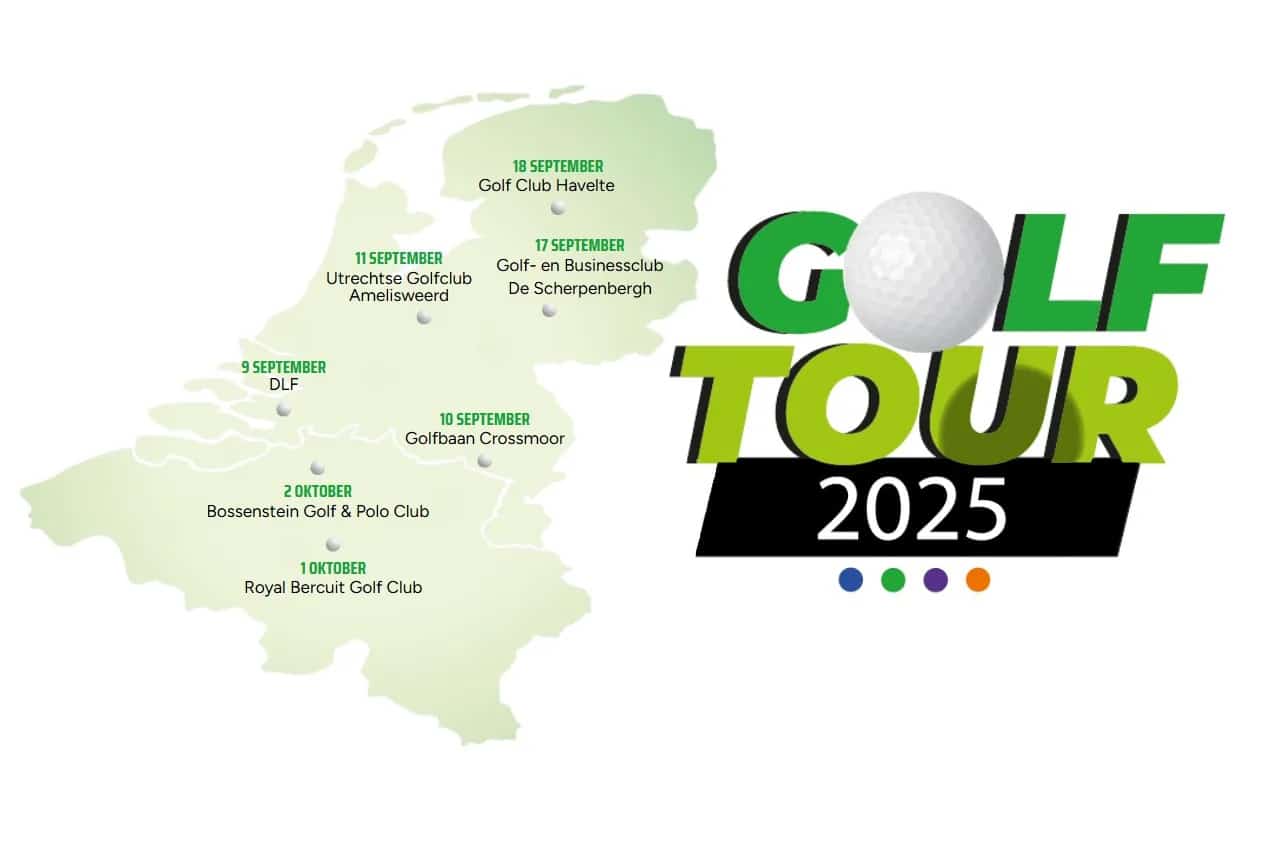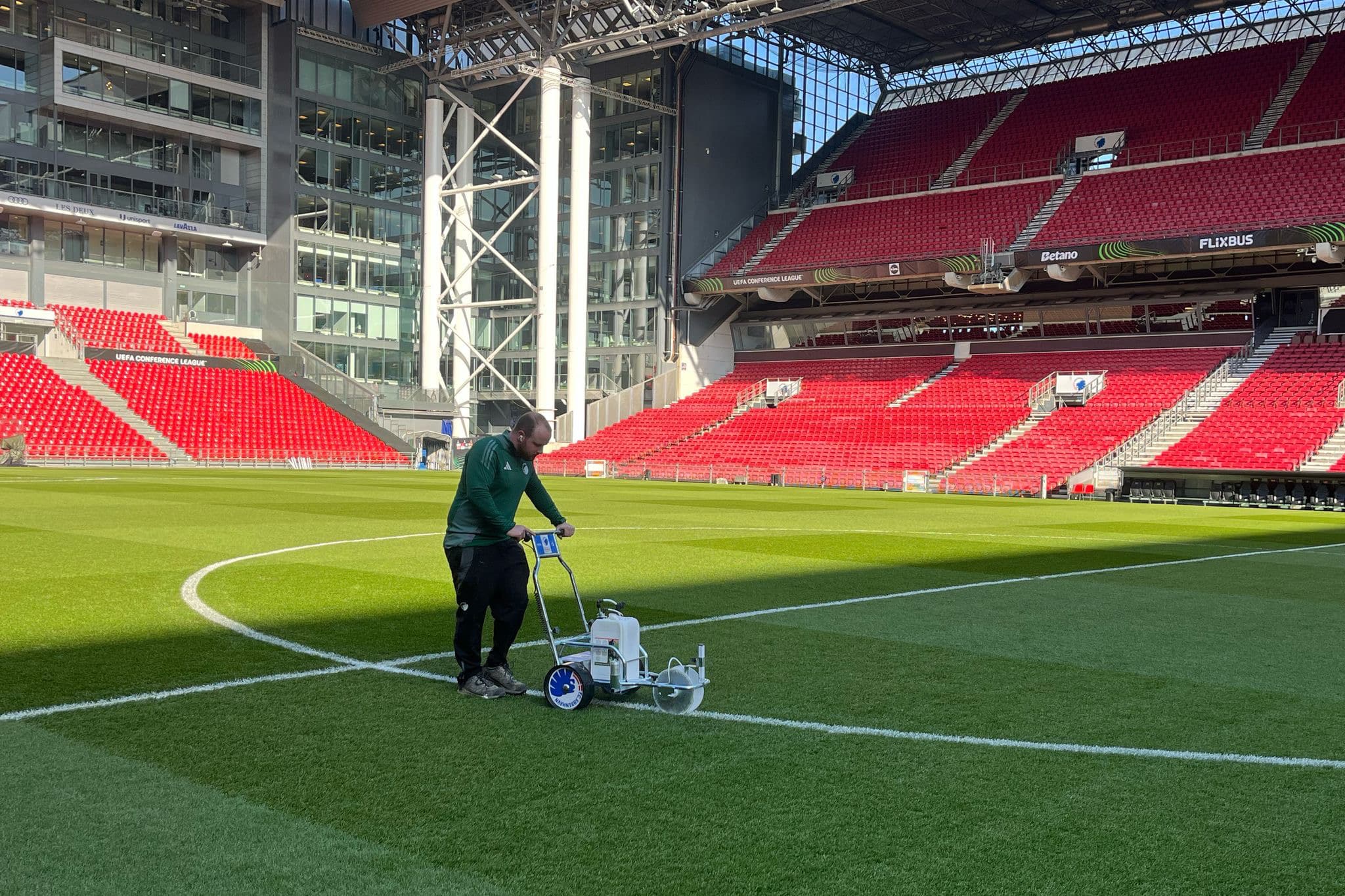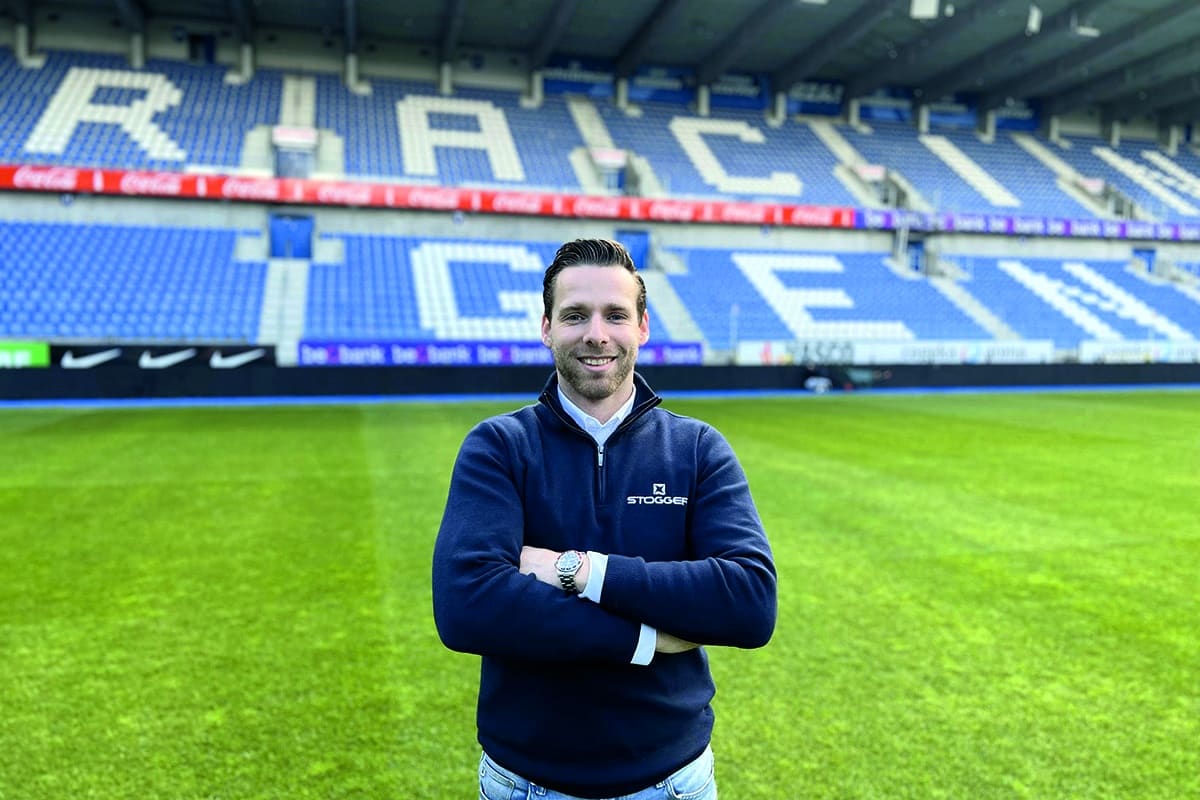
Climate adaptation requires systems approach
The effects of the increasingly out-of-tune pendulum between prolonged drought and intense rainfall are still hard to ignore. Stricter urban planning regulations are trying to limit the damage. So anyone who wants to pave today should look for a water infiltrating alternative. A solution such as Vandersanden's Drainflow® water-permeable clay pavers, for example, although the manufacturer immediately notes that this alone will not suffice. A complete system approach is needed.
Drainflow® is a range of water-leveling paving bricks made of baked clay, available in a variety of sizes and thirteen sedimentary moulded brick colors. “The clay bricks are designed in such a way that there are spacers or recesses on the ends or even all the way around,” says Kris Van Duyse, commercial director of Pavers at Vandersanden. “When installed, this creates an open space between the bricks each time, through which water can seep down to the soil.”
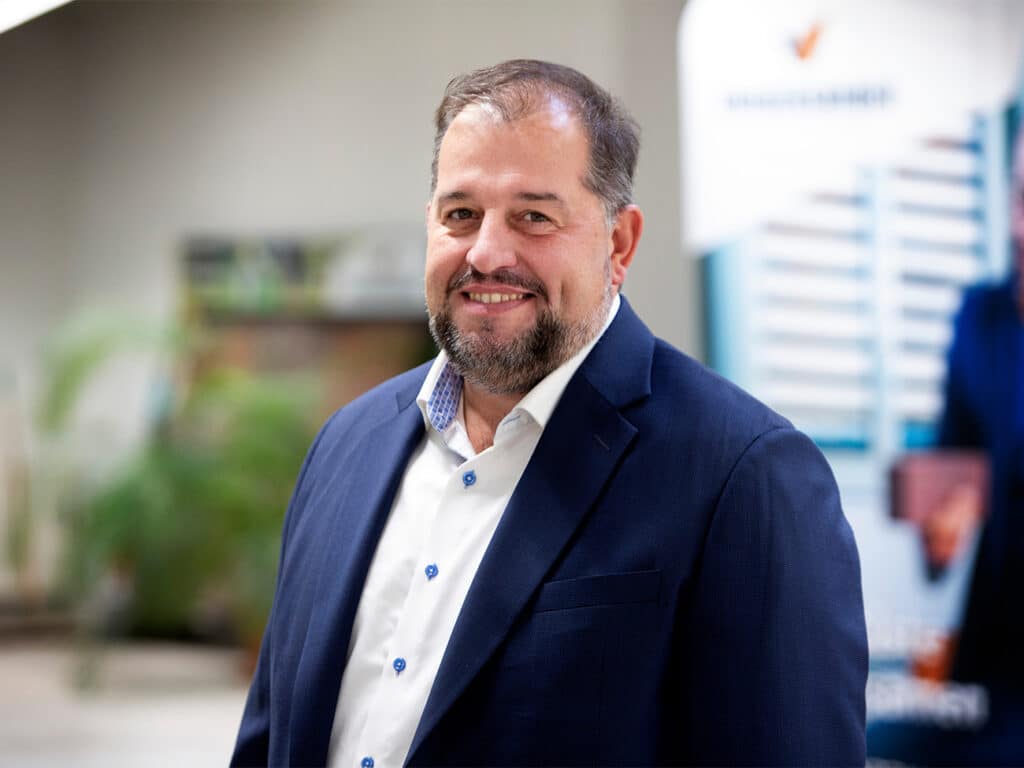
Advantages of baked clay
The fact that Vandersanden proposes a water-leveling and not a permeable solution is peculiar to the product. Van Duyse: “Baked clay is not porous and can therefore not simply be made permeable. On the other hand, however, it has remarkable strength and robustness, a proven lifespan of 135 years on average, and, for example, excellent recyclability.”
“The water-leveling design of Drainflow® allows all those things to be combined with the main standards of permeability anyway. Without extra work with plastic or other spacers, by the way. After all, here it is the design of the clinkers themselves that guarantees the necessary distance. This allows the installation to go smoothly.”
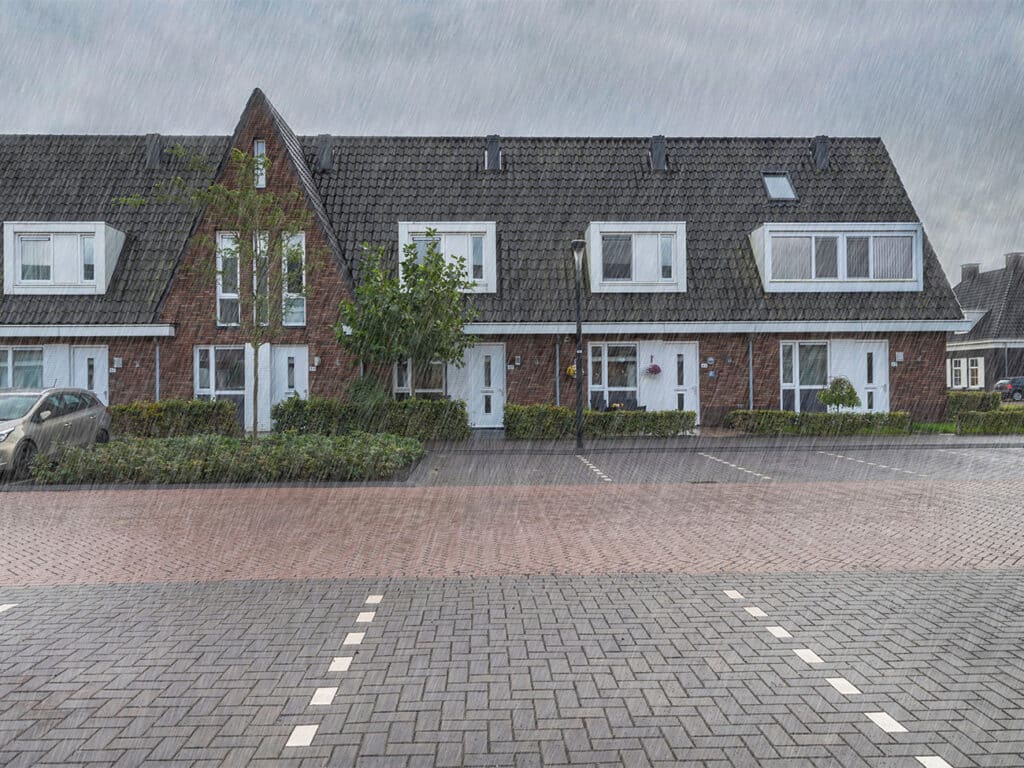
System also determines water permeability
The water-leveling capacity of Drainflow® was examined on several test surfaces. “In these, the standard of minimum 540 liters of infiltration per hectare per second - the equivalent of twice the average precipitation - was greatly exceeded,” Van Duyse said. “In some cases, the pavement even allowed more than double. Although that's not just the merit of our water-passive pavers. It's the entire system construction that counts.”
In that regard, in addition to the clinkers themselves, Van Duyse stresses the importance of the materials used for joints and substructure. “Depending on the type of subgrade, it may further also be necessary to provide infiltration crates or other buffer systems. Periodic maintenance in the form of brushing and high-pressure air cleaning is then in turn necessary to continue to maintain the high infiltration rate of the water-level paving.”
“Ultimately, all of those things help determine the infiltration capacity of the system and thus the success of our product. So it only makes sense that we also provide sound advice on that.”
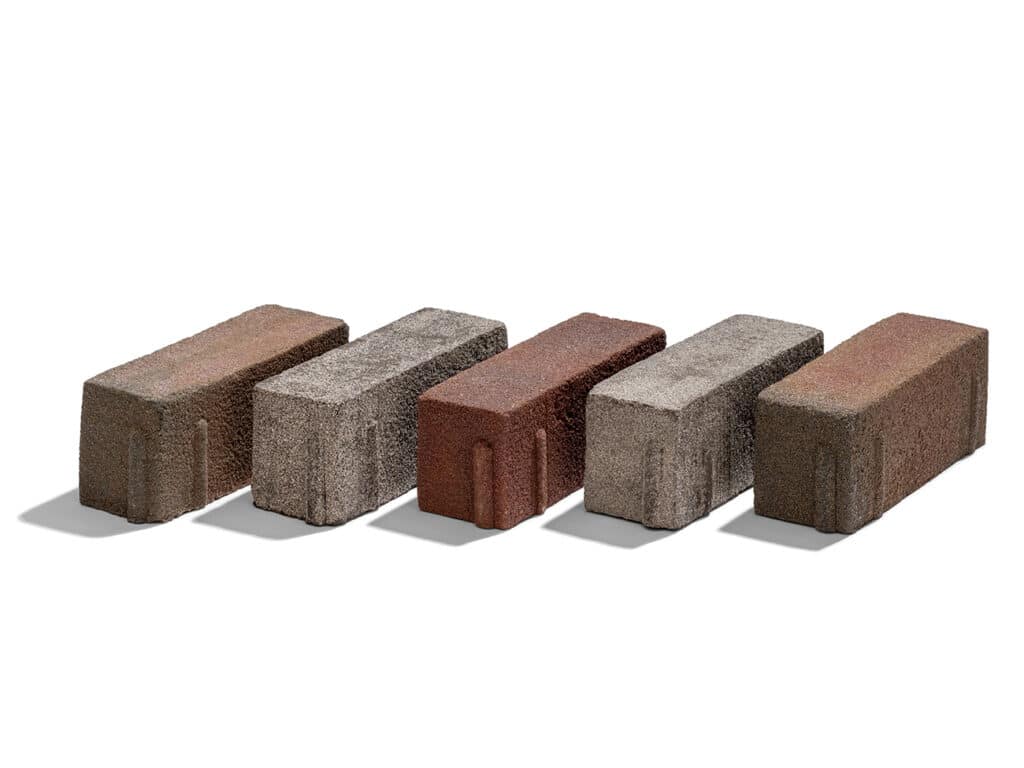
The complete cycle
At the same time, Van Duyse realizes all too well that the production of Drainflow® clinkers is also part of a larger system. “In terms of water management, it is interesting to know that the extraction of clay contributes to better water management. Indeed, where clay is mined, new natural areas and buffer basins are created where water can be collected in times of heavy rainfall and released back to nature.”
With the ‘Together to Zero’ initiative, Vandersanden is pulling it even wider.
“By 2050 we want to be completely carbon neutral,” it sounds. “An ambition that requires an approach at all levels: from manufacturing products that contribute to a climate-robust environment, to greening our production methods, dematerializing products as much as possible and generating our own electricity. Next year we even want to launch a CO2-negative brick on the market,” Van Duyse reveals, “made from a residual product from the metal industry. So we are consciously looking beyond our own sector alone.”

